TM-30-15 : Revolutionizing Color Rendition Assessment
Table of Contents
In the lighting world, there is a well-known metric called CRI, which stands for Color Rendering Index. It quantitatively measures how accurately a light source can depict the colors of objects compared to an ideal or natural light source. A higher CRI value indicates a more faithful representation of colors.
However, the predictive ability of CIE Ra (similar to CRI) in determining color appearance has been criticized in favor of measures based on color appearance models like CIECAM02 and the CIE metamerism index for daylight simulators. CRI is unsuitable for visually assessing light sources, particularly those below 5000 kelvin (K). New standards, such as IES TM-30, have emerged to address these concerns and are replacing CRI among professional lighting designers. However, CRI remains common in household lighting products.
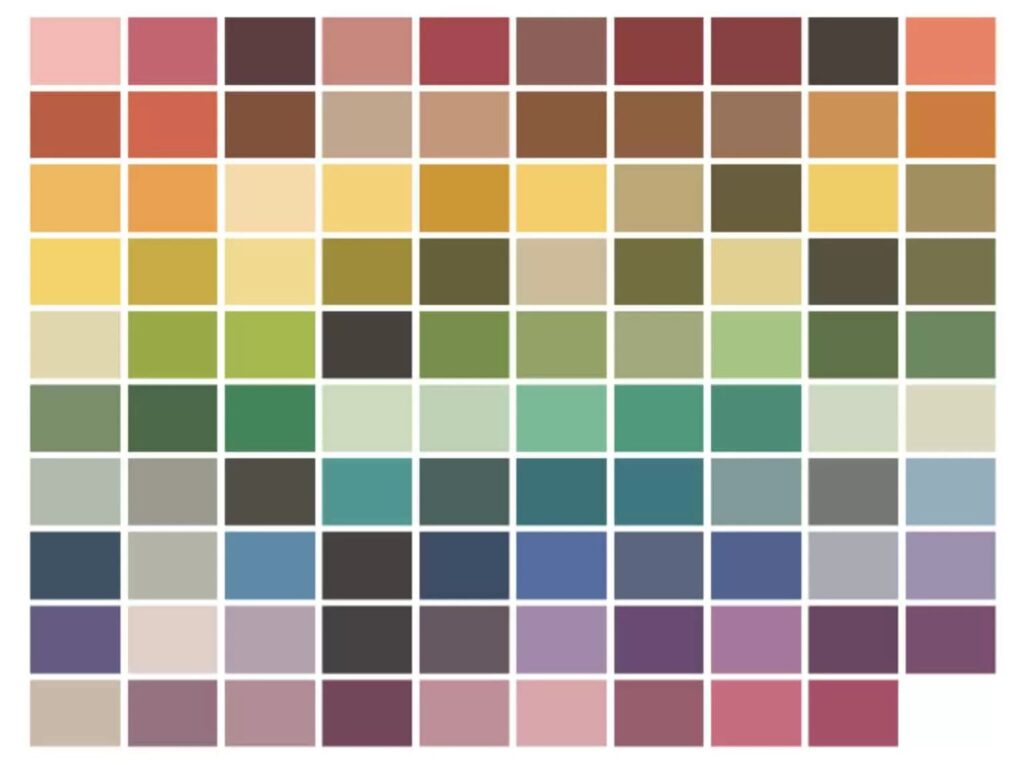
TM30-15 consists of three main components:
- Rf: Similar to CIE Ra (CRI), it characterizes the average color shift of the 99 color evaluation samples (CES) to determine the similarity between the test source and reference illuminant. Rf values range from 0 to 100.
- Rg: This component compares the area enclosed by the average chromaticity coordinates in 16 hue bins, indicating the average saturation level of the test source relative to the reference illuminant. A score of 100 represents neutrality, values above 100 indicate increased saturation and values below 100 indicate decreased saturation. The range of values expands as fidelity decreases.
- A graphical representation of Rg visually displays which colors are affected by the light source, appearing washed out or more vivid. This graphical representation includes the Color Vector Graphic and the Color Saturation Graphic. The Color Vector Graphic illustrates hue and saturation changes in each hue bin compared to the reference, providing an understanding of how different hues are rendered. The Color Saturation Graphic offers a simplified visual representation of saturation changes based on average performance in each hue bin.
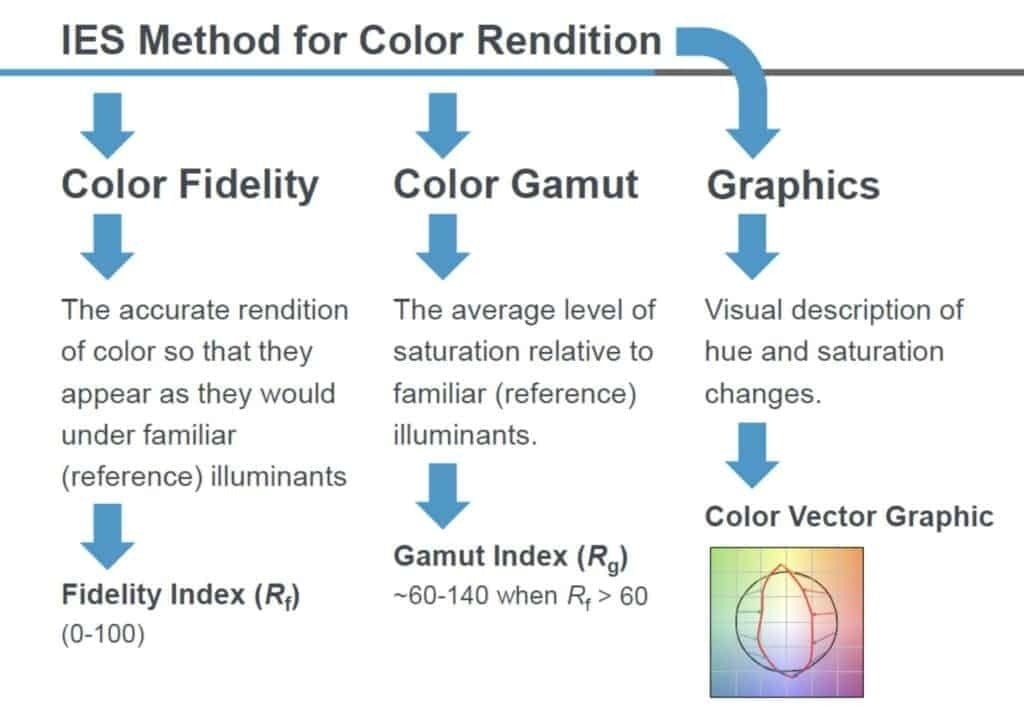
Let’s compare CRI and TM30-15:
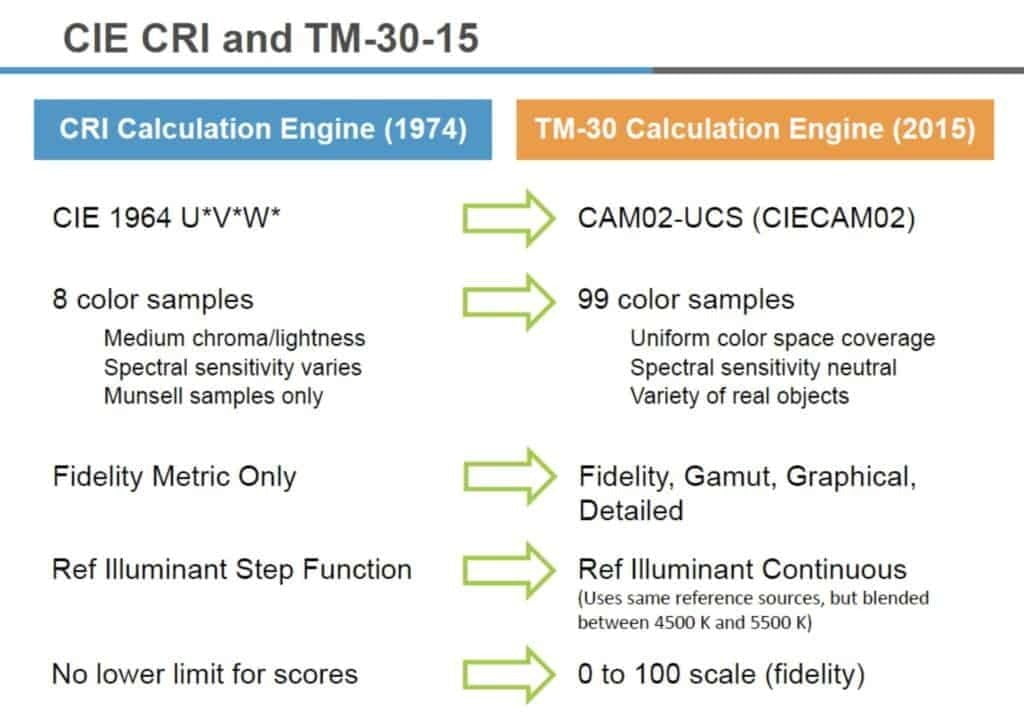
| CIE 13.3-1995 (CRI) | IES TM-30-15 | |
| Year of Issuance | 1965, 1974 (Revision), 1995 | 2015 |
| Color Space | CIE 1964 UVW* | CAM02-UCS (CIECAM02) |
| Number of Color Samples | Eight general (for Ra) plus six special (for Ris) | 99 |
| Color Volume Coverage | Limited | Full and equal |
| Saturated Samples | No | Yes |
| Sample Types | Munsell samples only (limited pigments) | Variety of real objects |
| Sample Spectral Uniformity | No | Yes |
| Reference Illuminants | Blackbody radiation, CIE D series | Blackbody radiation, CIE D series |
| Reference Transition | Sharp at 5000 K |
Blended between 4500 K and 5500 K |
| Output Measures | General index, Ra (fidelity) Six particular indices, Ri (fidelity) |
Fidelity Index, Rf Gamut Index, Rg Color Vector/Saturation Graphics 16 hue-based fidelity indices 16 hue-based chroma indices One skin-specific fidelity index 99 individual fidelity values |
| Score Ranges | Max 100 with no lower limit, variable scaling |
0 to 100, consistent scaling |
Why is TM30-15 important?
- CRI is currently widely used and is not going away soon. After considering the input received, the IES are still awaiting feedback and will likely transition to TM30-15.
- TM30-15 is expected to be employed selectively, especially in applications where color rendering is a significant concern, such as specifier choices and retail shops.
- About TM30-15, it is possible to manipulate CRI scores by focusing on only the nine colors it evaluates. This allows manufacturers to inflate their scores without improving the overall quality of the light source.
For specifiers:
- TM-30-15 is an approved method, and using it while providing feedback can contribute to its further development and refinement.
- Selecting a “better” light source may pose more challenges but can also yield more rewarding results.
The following visuals demonstrate the changes that occur when altering various metrics such as Rf, Rg, and CRI, including comparisons of color vector graphs.

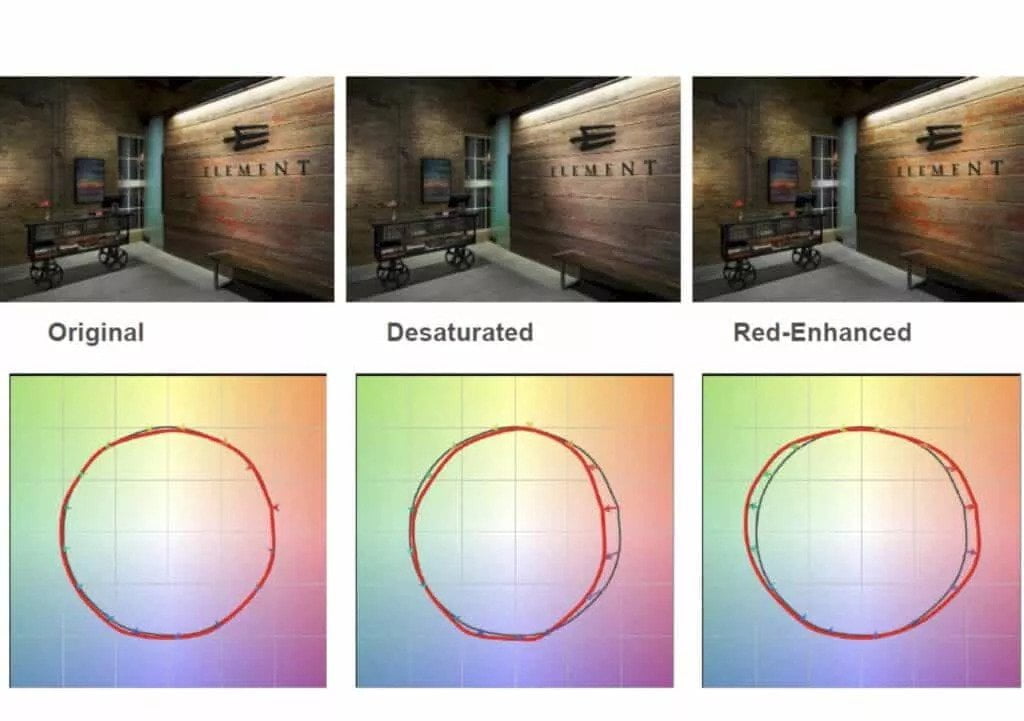
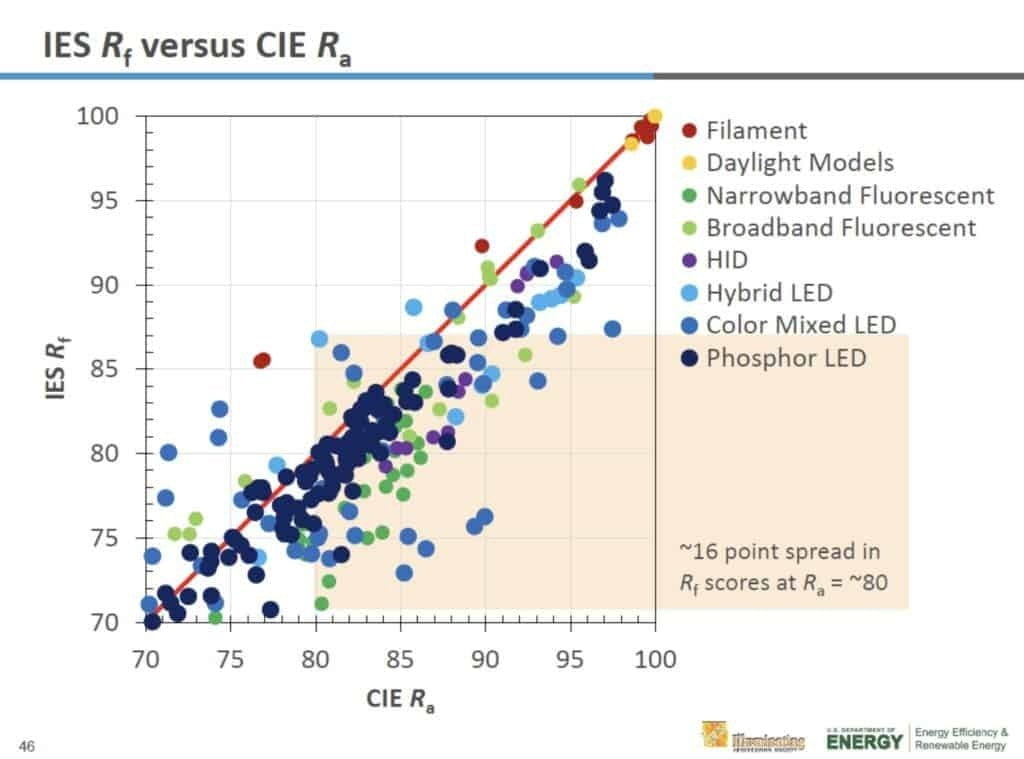
Additional Resources
MyLikeLed is a professional LED light strip manufacturer; we produce high-quality LED light strips and LED Neon Flex. You and check the below resources to understand TM-30-15 better.
Evaluating Color Rendition Using IES TM-30-15
Understanding and Applying TM-30-15
MyLikeLed specializes in the production of top-notch LED strips and LED neon flex. Every single one of our products undergoes rigorous testing in state-of-the-art laboratories to guarantee unparalleled quality. Additionally, we provide tailored solutions for our LED strips and neon flex, allowing you to personalize your lighting experience. Don’t hesitate to contact MyLikeLed immediately for premium LED strip and LED neon flex solutions.
FAQs
TM-30-15 provides a fuller and more precise picture than CRI. It uses 99 color samples (instead of CRI’s 8) and introduces two scores—Color Fidelity (Rf) and Color Gamut (Rg)—to better describe color performance.
Rf stands for Color Fidelity and measures how accurately colors appear under a light source. Rg stands for Color Gamut and measures how saturated or dull the colors look.
TM-30-15 is important because it helps lighting designers, architects, and engineers choose light sources that create more natural and visually pleasing environments, based on reliable data.
Yes, TM-30-15 can be applied to any type of electric lighting, including LEDs, fluorescents, and incandescents, making it a universal tool for color quality assessment.
TM-30-15 is a recommended method published by the Illuminating Engineering Society (IES), and while not mandatory everywhere, it’s increasingly being adopted as a trusted industry guideline.

Hi, I’m Xylia Xiong, a sales professional with 14 years of experience in the LED strip light industry. I specialize in providing tailored solutions, leveraging my expertise in LED products and the latest industry trends. Known for effective communication and problem-solving, I’m dedicated to helping lighting manufacturers, importers, and distributors achieve their goals.
Let’s work together to create customized solutions that exceed expectations.
Related Posts

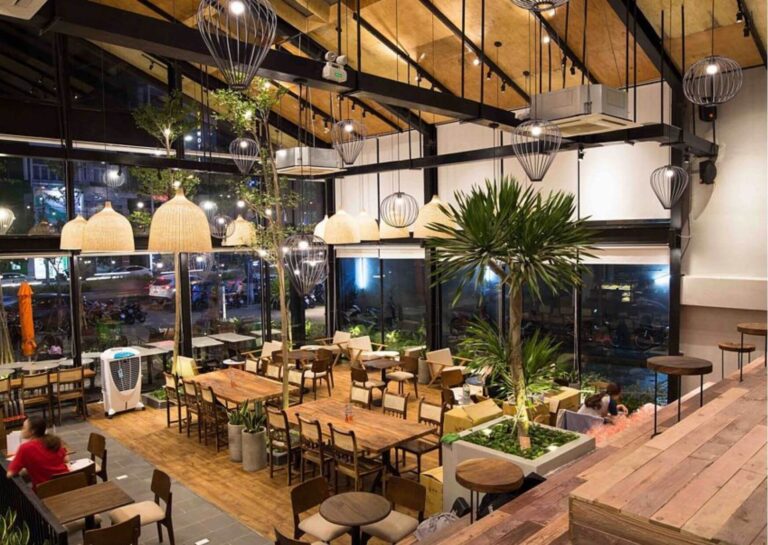
20 Inspiring Coffee Shop Lighting Ideas: Bar & Cafe

Direct Lighting Vs Indirect Lighting-A Deep Analysis

- Call Us: +86-15920391130
- Email: info@mylikeled.com
- Office Address: No. 4 Keying road, Beitai road, Baiyun district, Guangzhou, China
- Factory: Building 12, Liandong U Valley, Guangqing Industrial Park, Shijiao Town, Qingcheng District, Qingyuan City, Guangdong, China
Copyright © 2025 – My Like Led All rights reserved.

